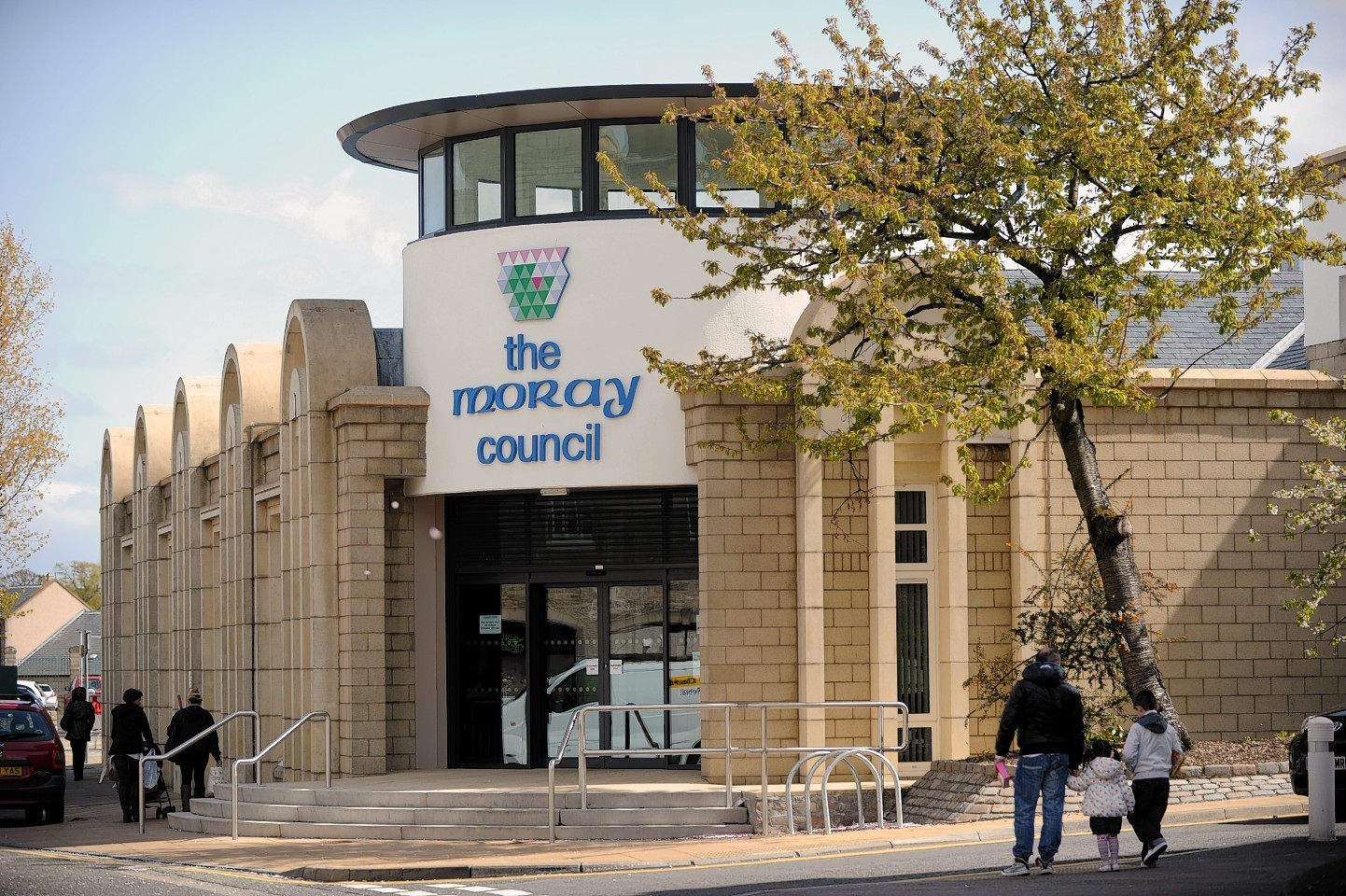Pupils at secondary schools across Moray could soon have two early finishes in an attempt to help teachers cope with the new curriculum.
Councillors yesterday backed a draft proposal to change the school week.
At the moment, all eight secondary schools have a 30-period week, with classes running from 8.45am to 3.20pm across the region.
However, Moray Council officers believe changing to a 32 or 33-period week — with classes finishing at 2.50pm twice a week and 3.40pm the rest of the time – would allow teachers the extra time they need to deliver new national qualification courses and provide stronger support for pupils.
And even at this very early stage, opinions vary greatly on the idea, with concerns raised about extra travel costs and childcare.
At yesterday’s children and young people’s services meeting, Councillor Aaron McLean queried if early finishes would involve extra costs for rural school bus runs.
Councillor George Alexander also asked what local teachers thought about the proposals, and questioned if other authorities had adopted the exact model proposed.
Laurence Findley, acting director of education and social care, said the council understood members’ concerns and made assurances that officers would be working closely with local head teachers and other authorities to find the best system for Moray.
“Our next step at this stage is the secondary head teachers and myself are going to visit the schools in the borders and the central belt to see how the models work,” said Mr Findley.
“It’s very early days, but that’s where we are just now.”
Councillor Allan Wright suggested a four day week of late finishes and one half-day followed by an afternoon dedicated to sport or extra curricular activities could be a viable alternative to the two short, three long day week.
He added: “That’s a way of getting around this difficulty there is of childcare with these short days.”
Dallas mother, Sandra Kennedy, has a twelve-year-old son at Forres Academy and welcomed the potential changes, adding:
“A half-day away with the classroom would allow children to engage in the community and learn vital life lessons.”
